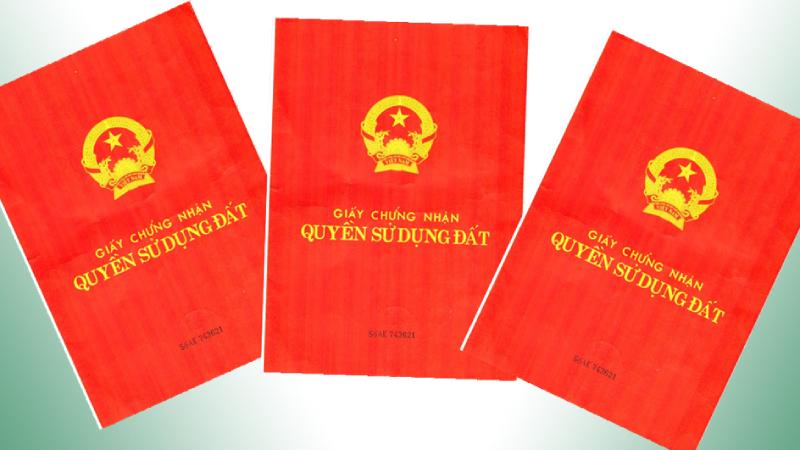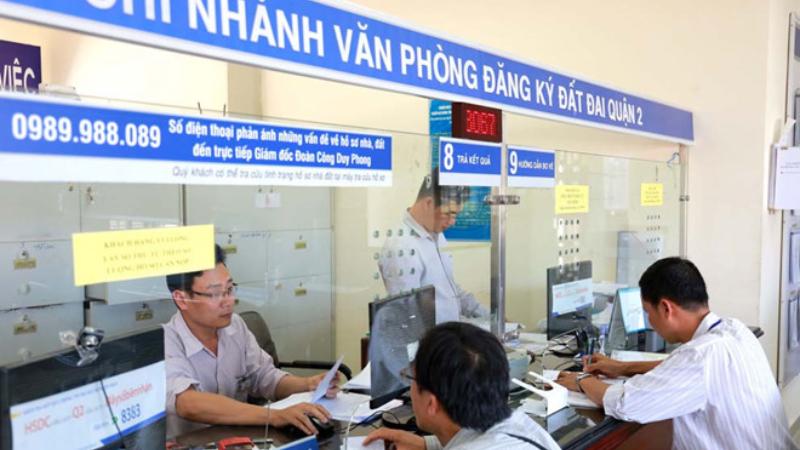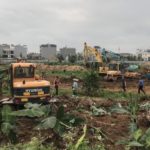Many people wonder how to transfer forest land for production purposes. Today, we will provide a guide on transferring forest land for production for you!
1 Requirements for Transferring Forest Land
 Land Use Certificate
Land Use Certificate
The cases where the transfer or donation of land use rights is not allowed are stipulated in Article 191 of the 2013 Land Law as follows:
“1. Organizations, households, individuals, religious institutions, community residents, overseas Vietnamese, and foreign-invested enterprises shall not be allowed to receive transfers or donations of land use rights.”
“2. Economic organizations shall not receive transfers of land use rights for rice land, forest land, and special-use forest land from households and individuals, except in cases where the change of land use purpose has been approved by competent state agencies according to the land use planning and plan.”
“3. Households and individuals who do not directly engage in agricultural production shall not be allowed to receive transfers or donations.”
“4. In the protective forest area and in the strict protection sub-zone and ecological recovery sub-zone of the special-use forest, households and individuals who do not live in that area shall not be allowed to receive transfers or donations.”
In addition, according to Article 179.1 of the 2013 Land Law, the rights of land users who are households and individuals using agricultural land allocated by the State within the limit; land with land use levy collected by the State, land leased with land rent paid once for the entire lease term, shall be recognized for land use rights, inheritance, transfer, and donation, and must transfer land use rights in accordance with the law.
If the production forest land does not fall under the cases where transfer is not allowed, when transferring, you should base on the conditions of the transferring party to ensure your benefits according to Article 188.1 of the Land Law, specifically:
- Land with a land use certificate
- Land without disputes
- Land use rights are not subject to enforcement to ensure execution of judgments
- Land with a remaining term of use
- Transfer limit of forest land for production according to Article 129.3 and Article 130 of the Land Law.
For reference only:
2 Procedure for Transferring Land Use Rights for Forest Land for Production
 Land Registration Office
Land Registration Office
To transfer the land use right for forest land for production, the following steps need to be taken:
Step 1: Sign a contract for the transfer of land use rights
According to Article 167.3 of the Land Law, the contract must be notarized or certified at the Commune-level People’s Committee, the District-level People’s Committee, or the Provincial-level People’s Committee, or the Notary Public Office.
Step 2: Implement the transfer procedure at the Land Registration Office
After the contract of transfer is signed, the seller will hand over the land use certificate to you to carry out the procedure for changing the name on the certificate.
According to Article 79 of Decree No. 43/2014/ND-CP, the dossier of application for a certificate of land use right, ownership of houses and other land-attached assets shall be submitted to the land registration office or the Commune-level People’s Committee.
When you have submitted the dossier of application for a certificate of land use right, the Land Registration Office will perform the following tasks:
- Extract the cadastral map or check the cadastral map extract submitted by the land user
- Check the dossier and conduct on-site inspection if necessary
- Update information of the registered land plot in the land dossier and the land database.
- Send data to the tax agency to confirm financial obligations
Step 3: Receive the Land Use Certificate
The land user shall come to the place of dossier reception to receive the Land Use Certificate within 10 days from the date of dossier reception after completing the financial obligations.
Thus, we have provided a guide on transferring forest land for production. Hopefully, through this article, you know how to implement the procedure!



































